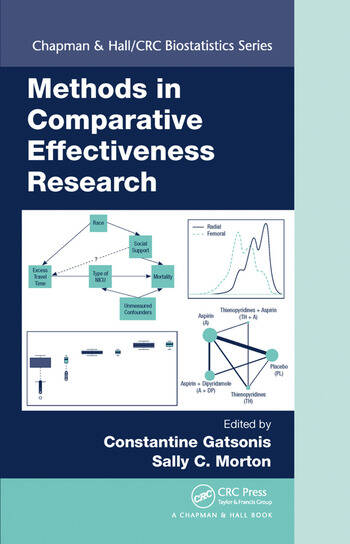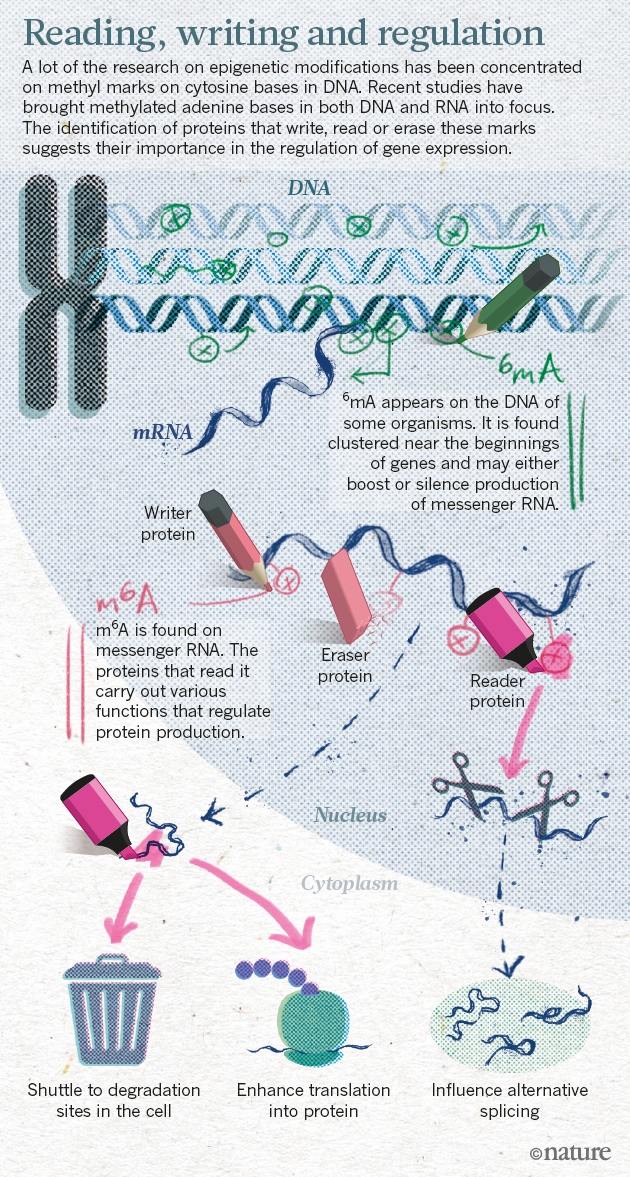Some months ago I posted on confidential drug pricing. I said that this was the end of cost-effectiveness as we have known. Now a new article reflects the evidence of my words:
Confidential price discounts are now common among the ten health systems that participated in our study, though some had only recently begun to use these pricing arrangements on a routine basis. Several health systems had used a wide variety of discounting schemes in the past two years. The most frequent discount received by participating health systems was between 20% and 29% of official list prices; however, six participants reported their health system received one or more discount over the past two years that was valued at 60% or more of the list prices. On average, participants reported that confidential discounts were more common, complex, and significant for specialty pharmaceuticals than for primary care pharmaceuticals.If confidential discounts are huge (>60%), as they are, any cost-effectiveness analysis is adhoc and its obsolescence undermines any result. This fact is the recognition that the pricing system is not working and we are under a procurement system. As I said some months ago:The time to finish such farce has come.





